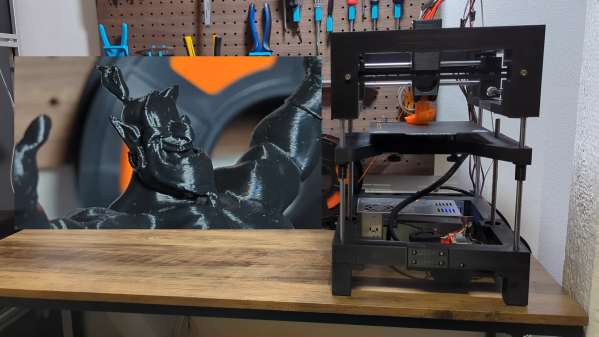Electric cars are everywhere these days, but what about boats? Looking to go green on the water, [NASAT] put together this impressively nimble boat propelled by a pair of brushless motors.
The boat itself has a completely custom-built hull, using plywood as a mold for the ultimate fiberglass body. It’s a catamaran-like shape that seems to allow it to get on plane fairly easily, increasing its ultimate speed compared to a displacement hull. It gets up to that speed with two electric motors totaling 4 kW, mated to a belt-driven drivetrain spinning a fairly standard prop. Power is provided by a large battery, and the solar panel at the top can provide not only shade for the operator, but 300 W to charge the battery when the motors are not being used.
With the finishing touches put on, the small single-seat boat effortlessly powers around the water with many of the same benefits of an electric car: low noise, low pollution, a quiet ride, and a surprisingly quick feel. Electrification has come for other boats as well, like this sailing catamaran converted to electric-only. Even some commercial boats have begun to take the plunge.
Continue reading “Scratch-built Electric Boat Shows Off Surprising Speed”













